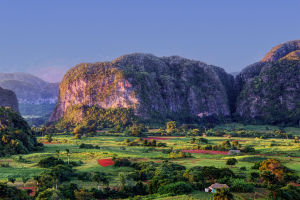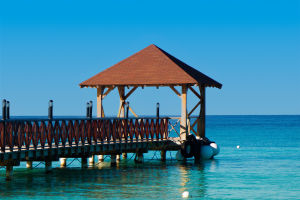The River Ain, stretching nearly 190 kilometers, is a remarkable waterway that connects the Jura Mountains to the Rhône River.
This river, surrounded by tall karst cliffs and breathtaking views, has evolved from a historic trade route to a destination perfect for family vacations or adventurous getaways.
Dear Lykkers, for approximately 50 kilometers, from Coiselet to Merpuis, the Ain carves its path through dramatic landscapes, offering visitors unforgettable vistas and a chance to connect with nature.
The River Ain: A Journey from the Jura to the Rhône
An Ancient Pathway: Originating near the Plateau de Nozeroy in Jura, the Ain has played a crucial role for centuries. Historically, this tributary of the Rhône facilitated transportation, floating timber and goods like cheese in barrels to Lyon. Due to its unpredictable flow and frequent flooding, it was navigated primarily downstream.
Bridges and Crossings: Travel across the Ain was once challenging, with only a few ferries providing access. By the 18th century, stone bridges in Pont d'Ain, Neuville-sur-Ain, Thoirette, Poncin, and Serrières-sur-Ain eased transportation. The construction of the Cize-Bolozon Viaduct added a significant link, enabling both road and rail crossings over the river.
Hydroelectric Development: The 20th century saw the creation of five hydroelectric dams, including Vouglans and Coiselet, transforming the river’s flow while preserving the stunning beauty of the Ain Gorges.
The Unique Cize Clam and Its Geological Tale
A Natural Wonder: The Ain Gorges owe their creation to glaciers that melted around 10,000 years ago, carving out valleys and shaping the landscape. Near the Cize-Bolozon Viaduct, a limestone formation resembling a giant clam clings to the slope-of Revermont, a geological marvel shaped by erosion.
The Legend of Gargantua: Local folklore adds an imaginative twist to the clam’s story. Gargantua, a legendary giant, is said to have quenched his enormous thirst by drinking directly from the River Ain, standing with one foot on this white formation and the other on the opposite-slope. In his haste, he supposedly swallowed a boat and its passengers!
The Remarkable Viaduct of Cize-Bolozon
Construction and Design: Built between 1872 and 1875, this engineering marvel spans 269 meters and rises 53 meters above the Ain. The viaduct features 11 arches supported by 10 columns, with a dual-purpose design: a road on the lower deck and a railway above. Locally sourced materials, including gravel and stone from nearby quarries, were used in its construction.
A Story of Resilience: During 1944, the viaduct suffered destruction as part of wartime efforts to halt enemy advances. Rebuilt by 1950, the restored viaduct expanded its road deck and adapted its structure for modern transportation needs.
Modern Usage: Initially traversed by steam locomotives, the viaduct later accommodated diesel and eventually TGV high-speed trains. Since 2010, the TGV has allowed passengers to enjoy stunning views of the hilly landscapes along the “Voie des Carpates.”
Wildlife and Activities Around the River Ain
A Natural Haven: The river and its surroundings teem with diverse wildlife. In its waters, species like trout, grayling, and carp thrive, while the riverbanks host ducks, swans, herons, beavers, and otters.
Outdoor Adventures: Whether hiking along the cliffs, kayaking on the river, or simply soaking in the views, the Ain Gorges offer numerous activities for nature lovers and adventure seekers alike.
Experience the Magic of Ain Gorges
The Ain Gorges stand as a testament to nature’s power and beauty, complemented by human ingenuity. With its captivating landscapes, historic structures, and vibrant wildlife, this destination promises a memorable journey into the heart of France's natural wonders.


